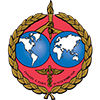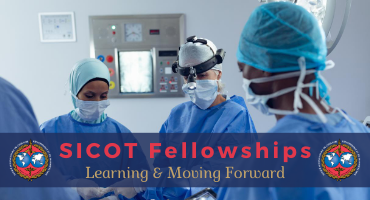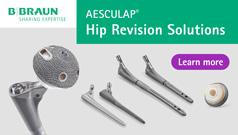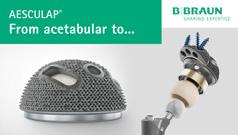Predicting spontaneous tendon rupture in dialysis: a parsimonious clinical model on the frailty and CKD-MBD axis
Injury. 2025 Sep 14;56(11):112762. doi: 10.1016/j.injury.2025.112762. Online ahead of print.
ABSTRACT
OBJECTIVE: To predict the risk of spontaneous tendon rupture (STR) in dialysis patients using a low-variable, clinically implementable model and to perform internal validation.
MATERIALS AND METHODS: In a single-centre case-control study, 102 individuals were analysed (34 STR cases, 68 controls). Pre-specified candidate predictors comprised four clinical variables: frailty (Clinical Frailty Scale, CFS), dialysis vintage, calcium-phosphate (Ca-P) product, and quinolone exposure within the past 6 months. Group comparisons were conducted; multivariable analysis used logistic regression. Discrimination and calibration were assessed with an L2-penalised approach, 5-fold cross-validation, and bootstrap optimism correction; decision curve analysis (DCA) was undertaken.
RESULTS: Compared with controls, cases had higher CFS, longer dialysis vintage, higher Ca-P product and intact parathyroid hormone (iPTH), and lower albumin; C-reactive protein did not differ materially. In the multivariable model, CFS and dialysis vintage were independently and positively associated with STR; Ca-P and quinolone coefficients were positive but did not cross conventional significance thresholds. Discrimination was good: apparent AUC 0.806 and optimism-corrected AUC 0.786; Brier score 0.247. Calibration was visually acceptable, with greater uncertainty at higher predicted probabilities. On DCA, across a 15 %-25 % risk threshold range, the model provided higher net benefit than a treat-none strategy and a net benefit comparable to a treat-all strategy. Among cases, the operative rate was 100 %, complications 11.8 %, recurrence 8.8 %, 12-month mortality 6.3 %, and median length of stay 3.7 days. Rupture sites were quadriceps in 44.1 % and patellar tendon in 32.3 %.
CONCLUSIONS: In dialysis patients, STR risk appears predictably estimable using readily obtainable indicators such as CFS and dialysis vintage. The Ca-P/iPTH axis may contribute directionally to risk, while the effect of quinolone exposure warrants confirmation in larger cohorts. The model has potential to inform clinical decision-making; further calibration refinement and external validation are recommended before routine implementation.
PMID:40976189 | DOI:10.1016/j.injury.2025.112762

















